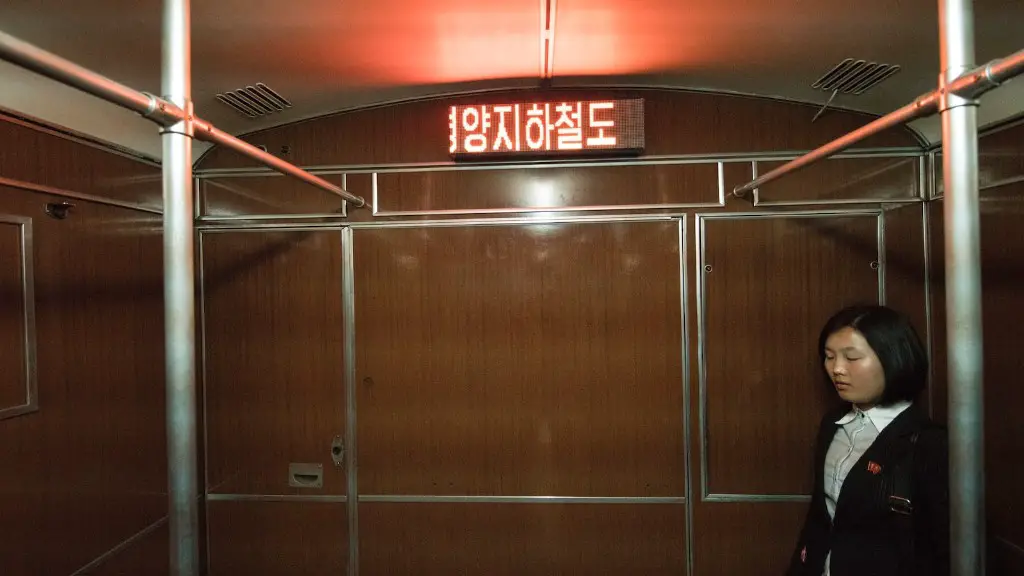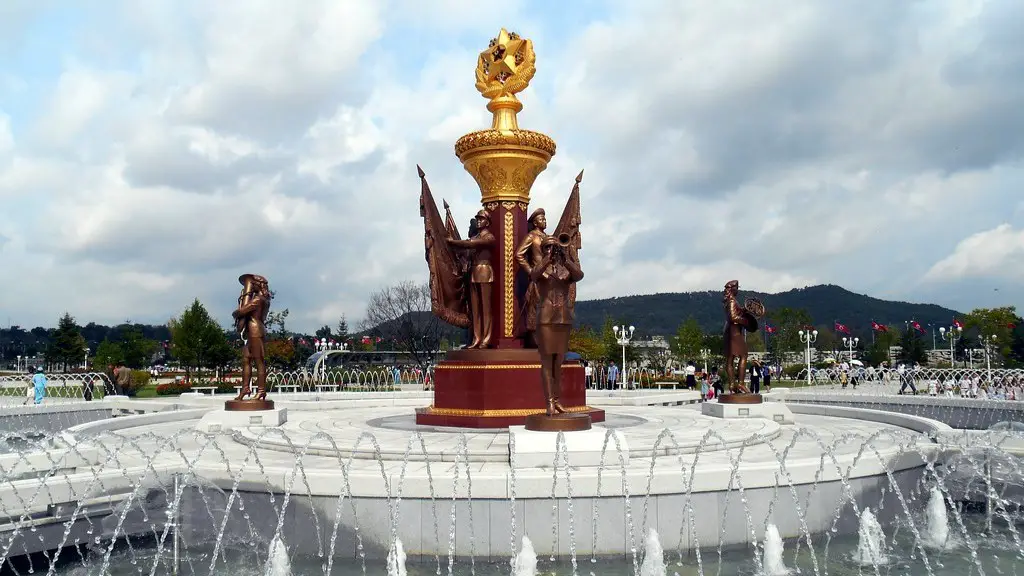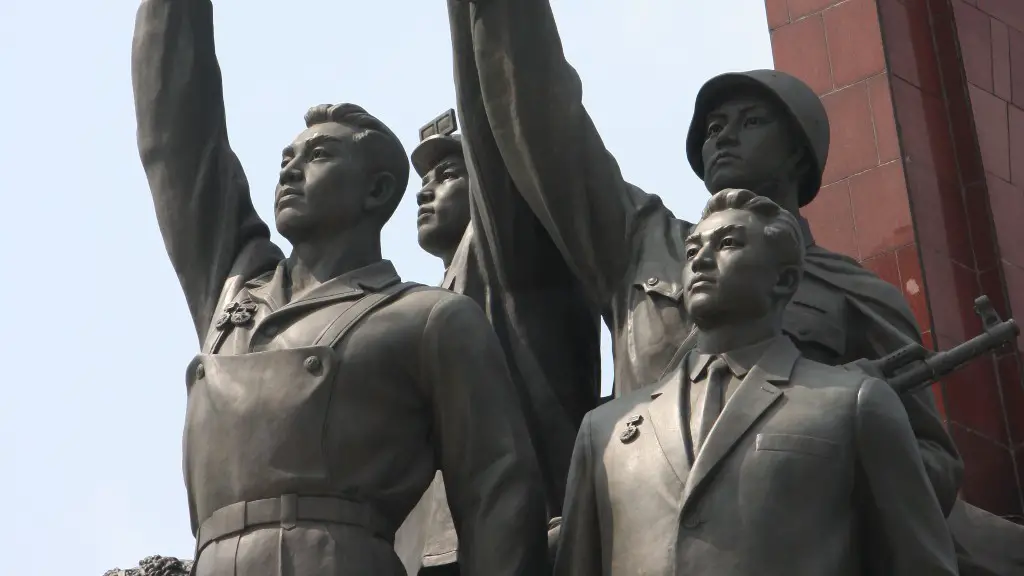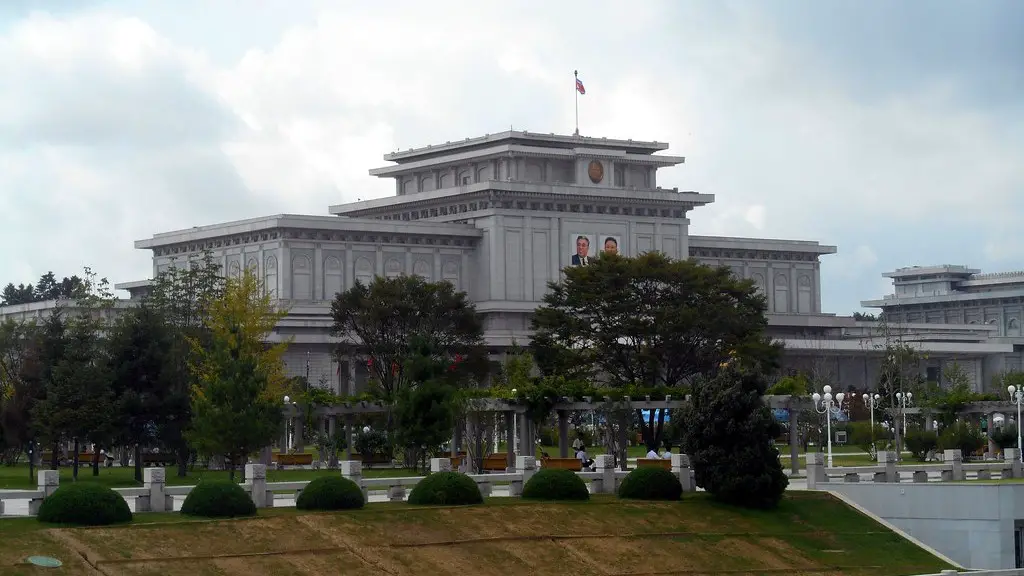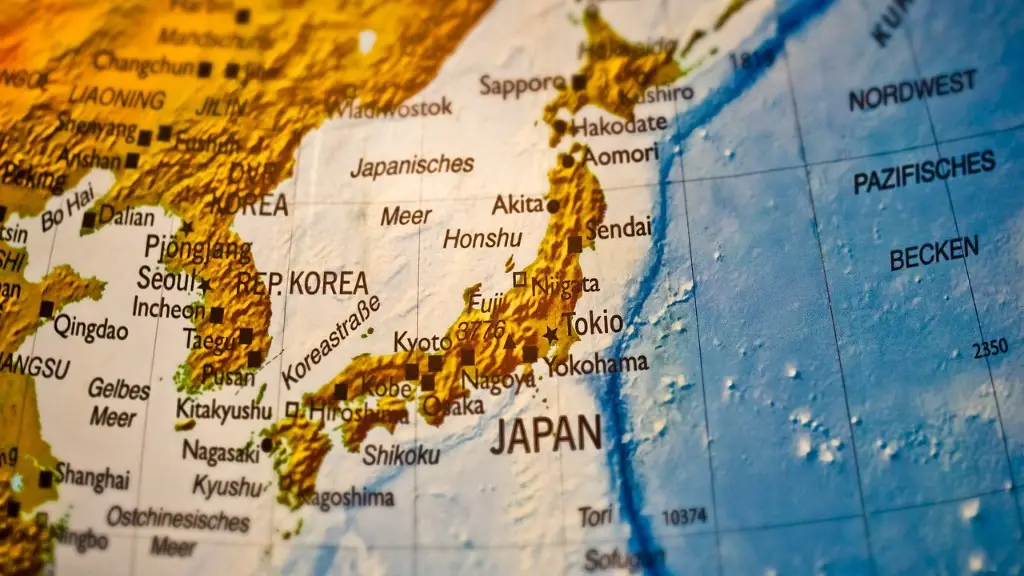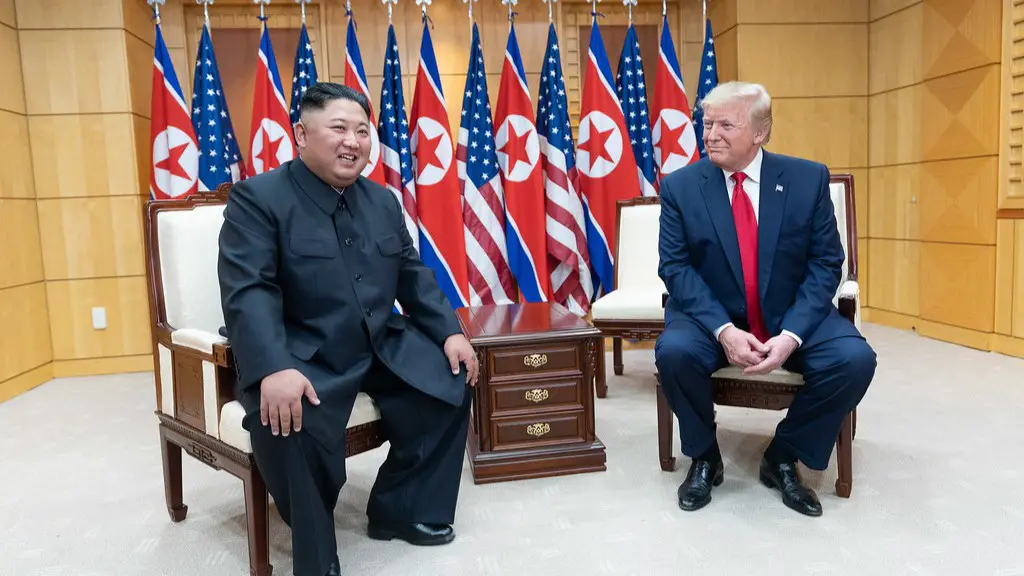When it comes to the subject of North Korea and its nuclear weapons, many people are preoccupied with the complex question- Could the US shoot down a nuke from North Korea? The short answer to this question is yes. The US does have the capability to shoot down a ballistic missile from North Korea, although it is not foolproof.
The US has various missile defence systems in place to prevent a nuclear attack. These systems include the Pac-3 Patriot, the Aegis system, the THAAD missile defence, and the GMD (Ground-based Midcourse Defense). These anti-missile systems work by intercepting incoming missiles in the atmosphere and destroying them. In theory, these systems can be very efficient in guarding against North Korean nuclear threats.
However, these missile defence systems come with a major caveat- they are only as good as their detection and interception capabilities. Even the most highly advanced missile defence system cannot intercept a missile that they cannot see. It is estimated that effective detection of North Korean ballistic missiles would require the US to have access to its early warning satellites, which can detect and track enemy missiles. However, due to advances in missile technology, North Korea may now be able to mask the infrared signature of its missiles, allowing its missiles to launch without detection.
Most experts agree that the US should have a layered defence system in place to guard against a nuclear attack from North Korea. This should involve the use of anti-missiles to intercept anything that gets past the defensive perimeter, as well as the deployment of anti-submarine systems to protect US navy assets in the region. Although the US has the capability to shoot down a nuke from North Korea, additional precaution is still needed to ensure absolute protection.
Advanced Detection Technologies
With the advancement of missile technology, US missile defence systems may need to upgrade their detection capabilities in order to reliably detect and intercept incoming missiles. Advancements in radar systems and infrared imaging may give the US the means to detect North Korean warhead launches, which are often too low to be detected by satellites. This will require significant investment in new and advanced technologies, but many experts believe that this is a necessary step for providing effective missile defence against North Korea.
The US has also begun developing kinetic interceptors, which are advanced anti-missile weapons that can intercept and destroy enemy missiles. These interceptors are designed to engage and destroy ballistic missiles in the mid-course of their flight trajectory. This is possible by detonating a warhead in close proximity to the missile, which can destroy the missile before it enters the atmosphere.
The US also has a number of other advanced weapons systems that can be used to intercept North Korean missiles. These include laser defence systems, scramjet defence systems, and railguns. These are all highly advanced weapons systems that can be used to intercept and destroy enemy missiles.
Limits of Missile Defence Systems
That being said, the US should keep in mind the limits of its missile defence systems. Even the most advanced anti-missile systems have their limitations. For one, these systems can be hampered by hostile countermeasures such as decoys or multiple warheads. They can also be overwhelmed if faced with a large number of adversaries at once.
Additionally, US missile defence systems may not be able to detect and intercept missiles that have reached a high altitude, or those that have been cloaked by decoys. Likewise, the US may not be able to stop a missile launched from a foreign country. The US does not have the capability to shoot down missiles launched outside its airspace.
Finally, the effectiveness of missile defence systems also depends on the timing of the defence. If the missile is detected late, or if the interception takes too long, the immediate destruction of the missile may not be possible.
Counter Measures
In addition to having an effective missile defence system, the US should also take other steps to deter North Korea from launching a nuclear warhead. This includes diplomatic and economic measures, as well as other coercive measures to pressure North Korea into abandoning its nuclear weapons program.
The US also needs to ensure that it can quickly and effectively respond to any missile attack from North Korea. A swift and effective response is key- this could include the deployment of fighter jets to carry out air strikes, the deployment of naval forces, or the use of special forces to carry out targeted attacks.
The US should also consider the use of extended deterrence- this is the deployment of US forces, weapons or technologies to an ally to help prevent or counter aggression from a third party. Extended deterrence can be effective in dissuading North Korea from launching a nuclear attack, as it makes North Korea aware of the consequences of any hostile action against the US or its allies.
Relationship with China
The US should also focus on building a constructive relationship with China. China has been attempting to use its leverage over North Korea to moderate Pyongyang’s behaviour- however, it is clear that China’s influence over North Korea is limited.
The US should strive to develop a stronger relationship with China, which could potentially persuade China to increase its pressure on North Korea. This could lead to a more stable and orderly situation on the Korean peninsula and it could put the US in a better position to guard against a nuclear attack from North Korea.
The US should also seek to strengthen its alliances with regional partners. Working together with regional partners such as South Korea, Japan and other Southeast Asian countries could create a coordinated defence network that is better equipped to handle a nuclear attack from North Korea.
Importance of Diplomacy
Finally, the US should view the issue of North Korea in a wider geopolitical context. A diplomatic solution to the North Korean nuclear issue should be the ultimate goal of US policy makers. Sanctions and other coercive measures may be necessary, but they are ultimately only a band-aid solution- an ultimate diplomatic solution must be found in order to achieve lasting peace on the Korean peninsula.
The US should also focus on engaging North Korea in meaningful dialogue and negotiations. North Korea may be an unpredictable and unpredictable actor, but it is still open to dialogue and negotiation. A diplomatic solution may be possible, and the US should strive to pursue this.
Ultimately, the US should view the issue of North Korea in a broader context- a nuclear attack from North Korea is a serious threat, but ultimately the US should focus on achieving a lasting peace and security for the Korean peninsula.
International Cooperation
The US also needs to work in an international context to prevent North Korean aggression. North Korean diplomacy should be viewed as a complex global issue, and the US should work with allies overseas to find a solution. By working together, the US and its allies may be able to find more effective ways of deterring a nuclear attack from North Korea.
The US should also use international platforms, such as the UN and ASEAN, to push for a peaceful resolution to the North Korean issue. The US should also consider unilateral measures, such as targeted sanctions or other economic measures, to put pressure on North Korea to the table for talks.
The US should also work with its regional partners, such as Japan and South Korea, to apply pressure on North Korea. By taking a unified stance, the US and its regional partners may be able to convince North Korea to abandon its nuclear weapons program.
Military Engagement
Finally, the US should also consider engaging North Korea on a military level. This could involve joint military exercises with regional allies, which could help demonstrate the US’ commitment to the region and could serve as a warning to North Korea. Additionally, the US should also deploy additional military assets to the region, such as fighter jets and naval vessels. By having a more visible military presence in the region, the US may be able to better dissuade North Korea from any aggressive action.
The US should also consider engaging North Korea on a political level. This could involve sending high-level US officials or engaging in direct dialogue with North Korea. By engaging in direct talks, the US may be able to better understand North Korea and create a diplomatic channel for both sides to negotiate.
The US should also consider engaging non-governmental actors such as NGOs or religious groups to engage North Korea in meaningful dialogue. By engaging with non-government actors, the US may be able to foster a more open and dialogue with North Korea, which may lead to a more lasting peace on the Korean Peninsula.
